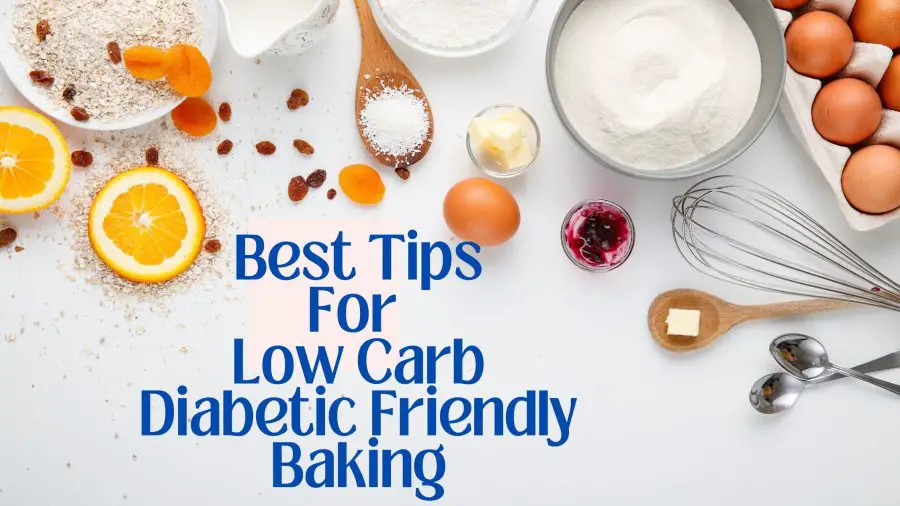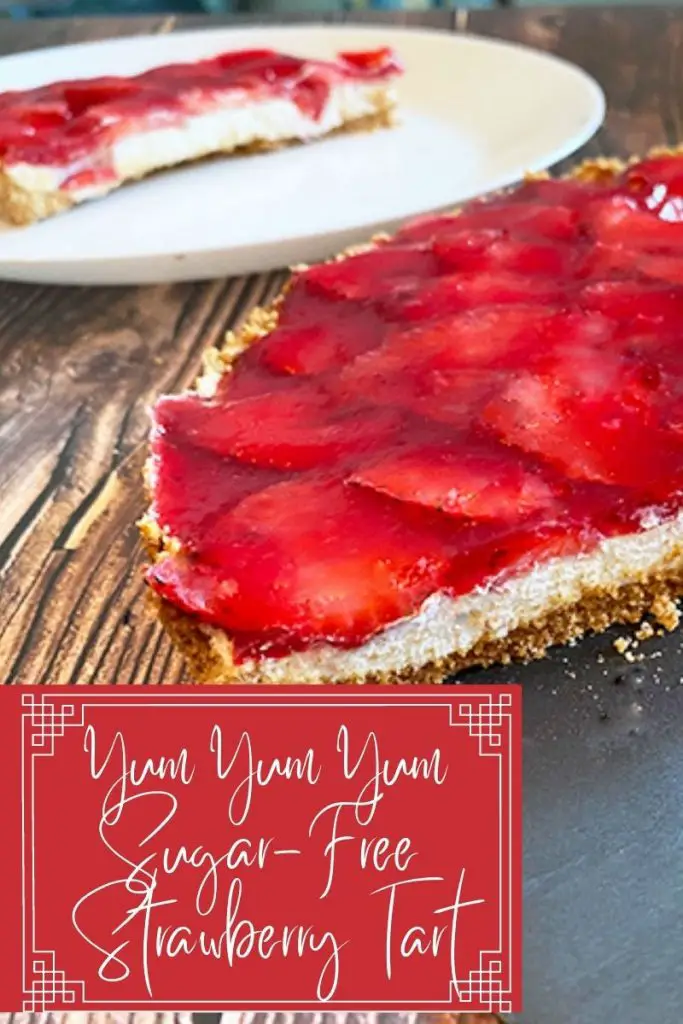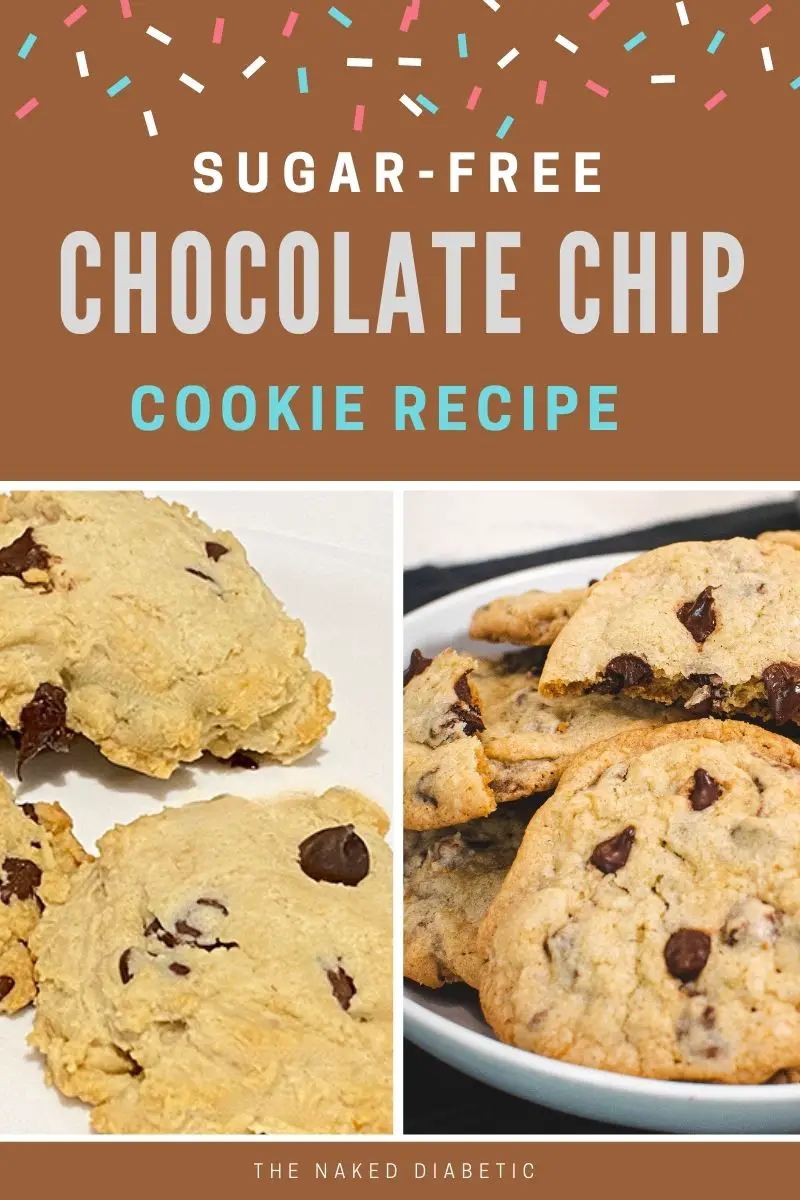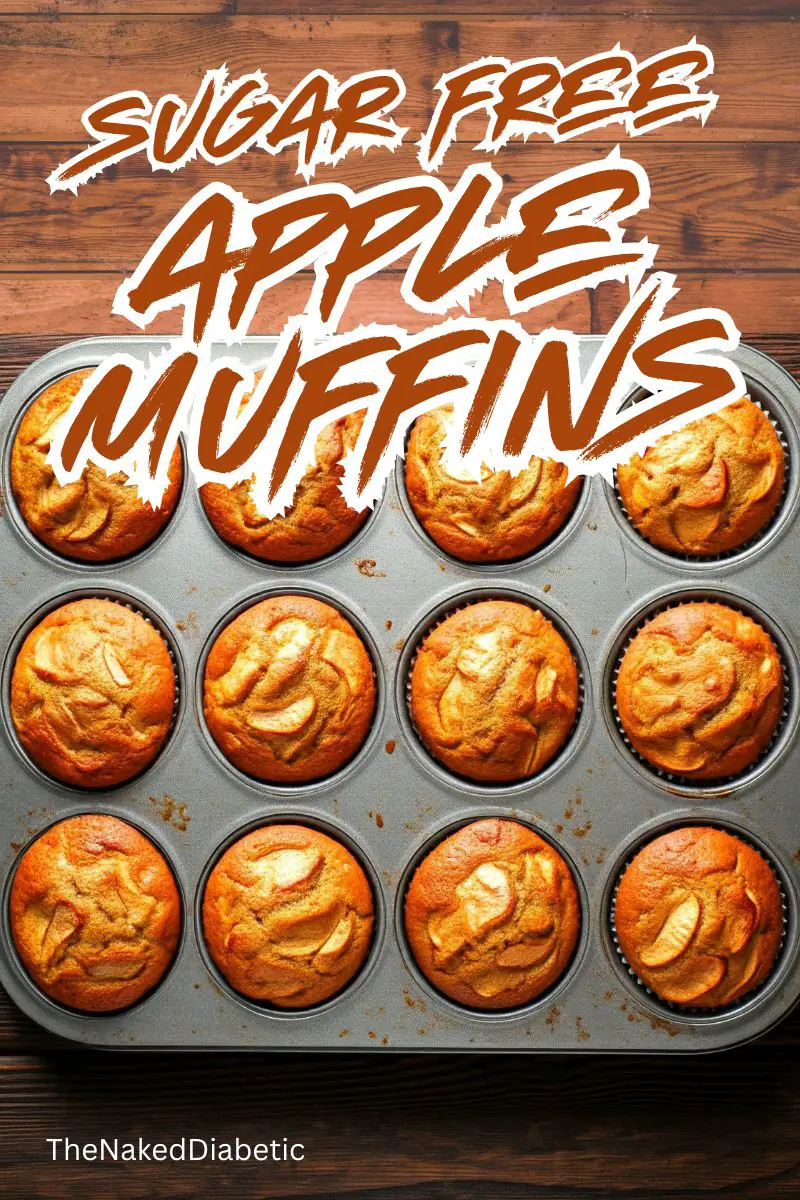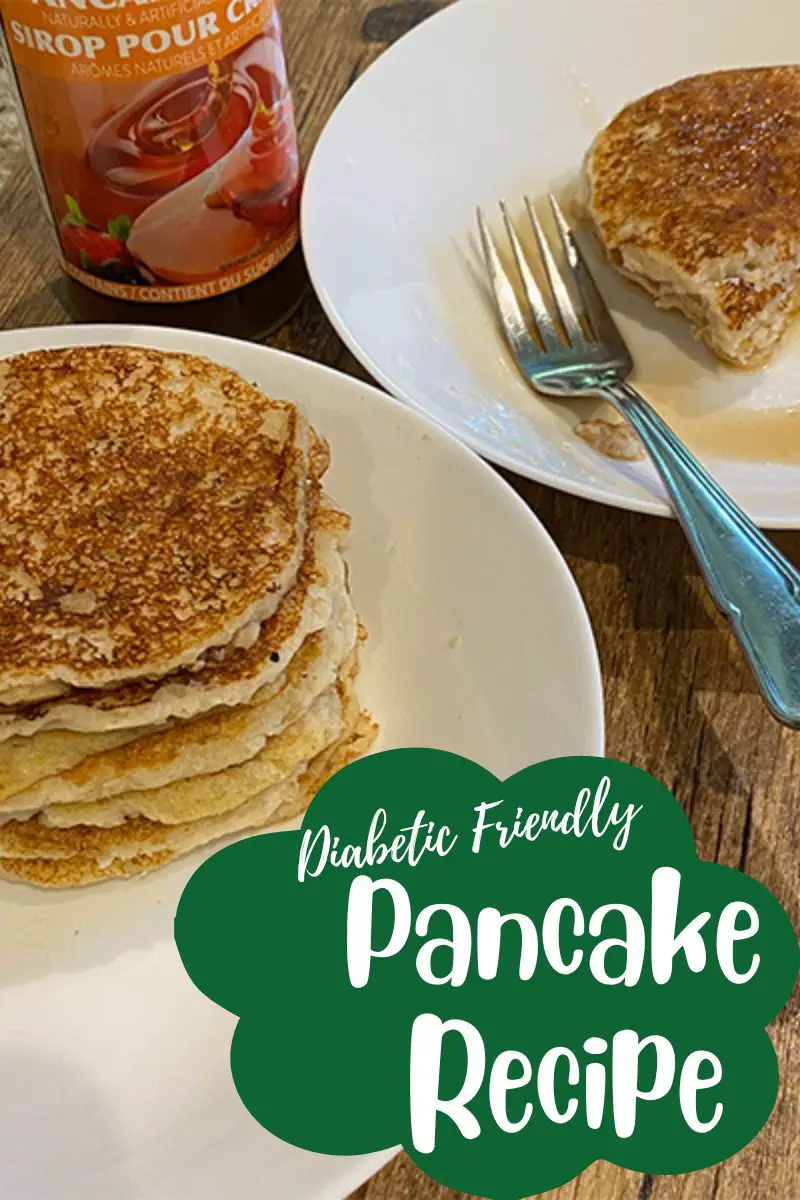This website may contain affiliate links. When a purchase is made through our links, The Naked Diabetic may receive a commission, at no cost to you.
Low-carb and Sugar-Free Baking doesn’t have to be a daunting task. With our easy low carb baking tips for diabetics, you can get back to enjoying the joy of baking.
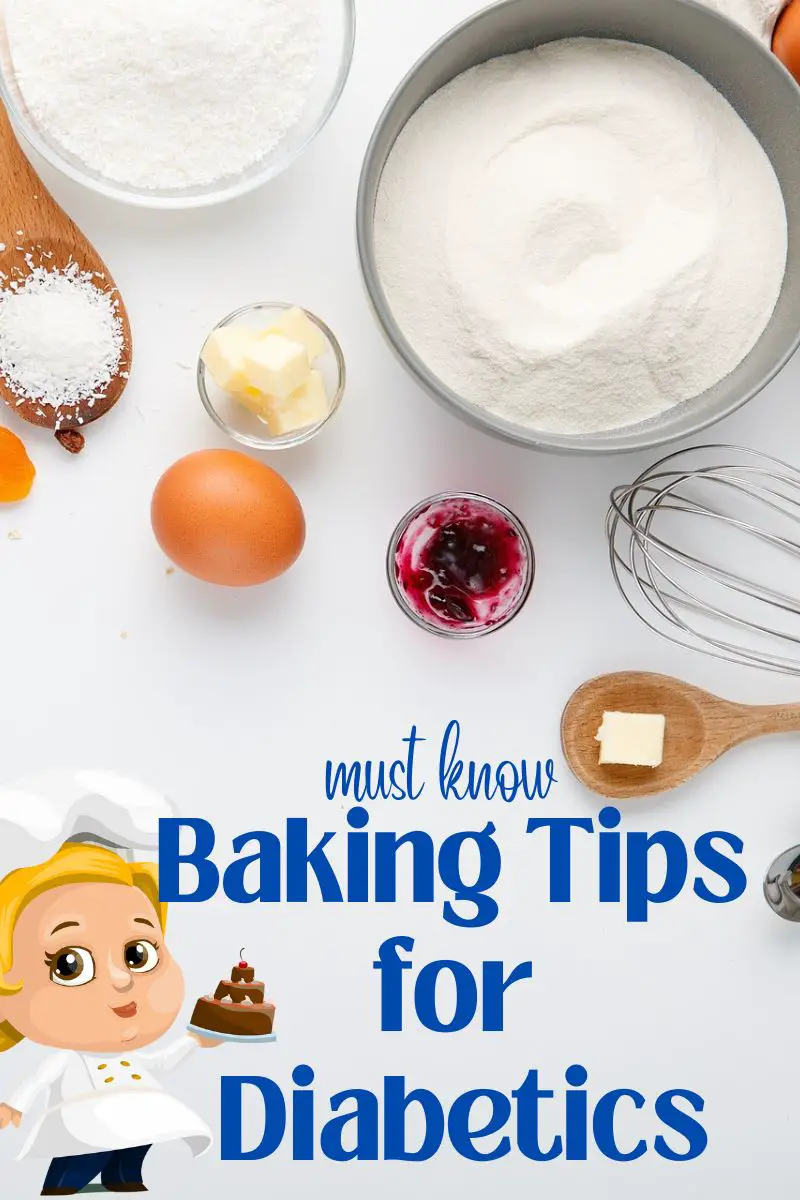

Low Carb Baking Tips for Diabetics
Adding Flavor Enhancers and Extracts
Using flavour extracts or flavour emulsions is one of my top recommendations (along with flour and sweetener choices) for low-carb baking.
Extracts—Extracts are easy to find and are usually alcohol-based. The most common extract is Vanilla Extract, which helps provide a smooth flavour and remove any bitterness.
Emulsions—Emulsions are less common but readily available online. They are thicker than extracts and almost have a gel-like consistency. One of my favourite brands is LorAnn. If you have access to a retail outlet that has a large candy-making section, you will likely find it there.
Since we are baking without sugar, we lose the flavour enhancement that sugar provides. When making recipes that are sugar-free but don’t call for an extract or emulsion, you can add a couple of drops of the same base flavour to enhance the flavour.
For example – If you are making a strawberry dessert, add a couple of drops of strawberry emulsion. If you are making a sugar-free icing glaze and you want to give it a lemon flavour, add a couple of drops of lemon emulsion.
Using Sweeteners instead of Sugar
This is a no-brainer. Zero-calorie and zero-carb sweeteners are the best sweeteners to use when baking for diabetics. This is by far the easiest way to reduce sugar and carbs in a recipe. The unfortunate part about using sweeteners is that they don’t respond in recipes the same way sugar does.
Sugar is not just used for sweetening. It is also a flavour enhancer, a thickener, helps keep your baked goods moist and is a colour enhancer. Sugar also helps with leavening when using yeast. That is why you see recipes requiring a teaspoon of sugar in warm water when activating the yeast.
Make sure you read your sweetener package to find the ratio when replacing sugar with sweetener. Most sweeteners recommend 1 to 1 ratio, meaning that 1 cup of sweetener is equivalent to 1 cup of sugar. Be cautious, I have found that this is not always the case. Splenda for example says 1 to 1 and I find that I need less sweetener and using 1 to 1 makes the recipe too sweet and somewhat bitter.
There are many sweeteners available on the market. I find that sweetener with sugar-alcohols in it has a negative impact on my blood sugar. If this is not an issue for you, feel free to make substitutions in our recipes with your favourite sweetener.
All About the Flour
Types of flour
There are several types of low-carb flour available. Not all low-carb flour is equal in terms of baking. See our list of best flours for low-carb baking.
King Arthur Keto Flour – This is amt top pick. It is a fantastic low-carb flour. King Arthur Keto wheat flour is exactly what it says, made from wheat. I find it responds more like all-purpose flour than any other low-carb flour. It is great for baked goods, including bread, cookies and cakes. The consistency is similar to whole wheat flour. Extra liquid ingredients and leavening agents are recommended.
Carbalose Flour – Carbalose flour is another great low-carb flour for baked goods. Carbalose flour is made from wheat resulting in a similar taste to all-purpose flour and will rise when leavening agents are added. Extra liquid ingredients are necessary as well as an increased amount of leaving agents are needed, as this flour is dense. If I am unable to find King Arthur Keto Flour, I opt for this flour.
Almond Flour – Almond Flour is made by grinding almonds. For best results choose Untra Fine or Extra Find Ground Almond Flour. Almond Flour and Almond meal are not the same things. Almond flour is made with blanched almonds and skins removed and almond meal is usually made with whole almonds with skins on. Almond flour does not rise very well, but can easily be used in cookie recipes or bars and sugar-free brownies.
Almond flour may not be appropriate for people with nut allergies. Some allergies include almonds.
Coconut Flour – Coconut flour is made from finely ground coconut meat (the white part). When baking with coconut flour, you must add additional liquid to compensate for coconut flour’s high absorption rate. I usually use egg whites, milk or a little water.
Coconut flour works well as a thickener in sauces and soups but will add a slight coconut flavour.
As with almond flour, coconut flour is made from a tree nut. Always check for allergies before serving.
Pecan Flour – Pecan Flour is quite similar to almond flour. It is made from finely ground pecans. As with the previous 2 flours, don’t expect a high rise. You will need extra leavening agents and more liquid to compensate for the dryness. This flour is excellent for cookies, bars and brownies. To use in bread recipes consider using some all-purpose flour to give the loaf a nice rise.
As with the previous flours, check for nut allergies before serving.
Chick Pea Flour – Chickpea Flour is made by finely grinding dried chickpeas (garbanzo beans) I find that it works great as a replacement for breadcrumbs in burgers or making crumb coat for meats, such as chicken strips and pork medallions. Chickpea flour does have a mild chickpea taste, which is why I do not use it in cookies and baked goods.
Using regular All-purpose Flour – If you are using almond flour or other nut flour, adding a little all-purpose flour can help get a bit higher rise. It will increase the total and net carbs, but only using a fraction of it combined with other flour can still result in a diabetic-friendly recipe. If you are trying to stay keto-friendly, you will have to leave this one out.
Sifting the Flour
Sifting is very important, especially when using low-carb flour. Sifting will add air to your flour and break up any lumps or small bits. When using sifted flour, it will be easier to mix the rest of your ingredients. Low Carb-baked goods tend to be heavier than those made with all-purpose flour. Sifting will give you the best chance at a lighter fluffier result. Use a flour sifter or sieve to sift the flour.
Overworking the Dough
This is one of the most common mistakes that people make. Overworking dough for bread, sliced or cut cookies or pizza crust can result in a tough dry result. Your dough should be stretchy and not hard. If making pizza dough and you find that it stops stretching, that is a good sign that the dough is overworked. There is no fixing overworked dough. Overworked dough causes baked goods to become hard and chewy, especially pie crusts.
Adding Fibre
Adding fibre such as oat fibre will help to keep the net carbs lower. Oat fibre can be used with your flour. It has been said that it is a flour replacement but I find it works best when added to the flour. For example, A recipe may call for 1 cup of flour, you can use 1/4 cup of oat fibre and 3/4 cup of low-carb flour to make up the total flour. The oat fibre adds volume and texture to your baked goods. It is great for bread and biscuits but may not be desirable in cakes and cookies.
Using Thickeners
Thickening can be an obstacle when it comes to low-carb baking. Gluten is a thickener and the absence or low amounts of gluten in low-carb flour add an extra step to our recipes. Here are a couple of easy solutions for thickening.
Unflavoured Gelatin – Unflavoured Genaltin is ideal for desserts, such as our cheesecakes and gelled desserts.
Gelatin is not ideal for bread but I occasionally use it in sugar-free sauces.
Xanthan Gum – With Xanthan Gum it is important to remember that a little goes a long way. Xanthan Gum is perfect for adding to ice cream to help it from getting too hard and forming ice crystals. (Those recipes are soon to come),
If using a low-carb flour blend, check the ingredients to make sure that Xantahn gum has not already been added. There are a few flour blends on the market that already have it in the mix.
When using Xanthan Gum start with a small amount (1/8 tsp or 1/4 tsp) and then add more as you go.
Xanthan Gum can easily be added to the dry ingredients. Add it to your flour and whisk it in to evenly disperse it. Use a whisk to ensure a good blend. If adding it to wet ingredients, be sure to whisk it well, to prevent lumps.
Xanthan Gum has no flavour, so will not affect the overall taste.
Glucomannan – Glucomannan is made from Konjac Root. It works very well as a thickener.
Glucomannan is a natural fibre and is frequently used for constipation relief. A good-to-know tidbit when using in baking.
Guar Gum is another excellent thickening agent.
Add the Guar Gum to your dry ingredients and whisk it in well. When using Guar Gum in soups and sauces, start with a small amount at a time until you get the desired thickness.
Guar Gum tends to dry out a little quicker than Xanthan Gum. This a good tip to keep in mind when making bread, cakes and cookies, where moisture is important.
Cornstarch – Cornstarch is not used in keto recipes but can be used in diabetic-friendly cooking, in small amounts.
Cornstarch is an important ingredient in many recipes, such as shortbread cookies. The cornstarch is not just a thickener, it also gives a crunch and snap that can not be achieved from flour.
1 tablespoon of cornstarch typically contains 7 grams of carbs. Used sparingly and spread out over several servings it can easily keep your recipe diabetic-friendly without compromising on the crispness or thickness.
Tapioca Pearls Tapioca Pearls and Tapioca Flour are made from the Casava root.
Much like cornstarch, tapioca pearls and flour contain carbs. A small amount spread out over an entire recipe will keep your finished dessert or dish diabetic-friendly.
Tapioca Pearls are ideal for fruit-based desserts.
Some Easy Diabetic-Friendly Recipes
Using Leavening Agents
Yeast – The most popular leaving agent in bread and some cakes.
Using yeast with many low-carb flours, such as Almond flour and coconut flour doesn’t always result in a high-rise bread, but it can be used as long as you accept that it won’t be light and fluffy.
Using yeast with King Arthur keto wheat flour will yield a better result.
Yeast must be activated. Ideally, you add fresh yeast to warm water with sugar (not sweetener) and allow it to activate. Spread out over the entire recipe, 1/2 or 1 teaspoon of sugar will not add too many carbs.
For example: When a recipe calls for 1 teaspoon of sugar in warm water to activate the yeast, the I teaspoon of sugar contains 20 calories and 5 grams of carbs, so spread out over 8 to 12 servings will add .4 gr to .6 grams of carb per serving.
The only time I would do this is when making bread. In cakes and other baked goods, I find it sufficient to compensate with baking powder.
Baking Powder – Typically used in cookies and cakes.
When using low-carb flour I often increase the amount of baking powder. This will help with the challenge of getting a decent rise when using low-carb flour.
Baking soda
A common leavening agent that is used in quick bread and cakes.
baking soda requires activation by being combined with an acidic ingredient. This is why it is usually paired in recipes with baking powder, which is acidic.
Reducing Fat
Using oils
To reduce “bad fats”, choose oils such as Avocado oil, Olive oil, Canola Oil or Safflower oil. Make sure when frying or using heated oil that you use oil with a high smoke point.
Always remember the taste. When baking recipes and replacing the fat with oil, choose an oil that does not add an unwanted flavour to your baked good.
Butter or other solid fats
If you are on a fat-reduced heart-healthy diet, always follow your physician’s directions and make substitutions to recipes accordingly. Beef Tallow and Ghee are great options. Beef tallow may not be suitable for baking, due to its taste.
The Importance of Room Temperature
This is important for all baking, not just low-carb.
When your recipe calls for separating eggs, cold eggs separate more easily than room-temperature eggs. Separate them cold and then allow them to come to room temperature for mixing.
Room temperature is a major factor in keeping everything smooth when using ingredients such as cream cheese, yogurt, eggs and butter. Adding cold eggs to warm creamed butter with cause the butter to chill when you are beating it.
the exception is when making no-bake desserts that require adding chilled ingredients, such as whipped cream.
High-quality ingredients
This is not always feasible, especially as prices keep getting higher by the day. If I have to choose which ingredients to splurge on, I would recommend flavourings like extract and emulsions.
The Right Kitchen Equipment
Having the best equipment isn’t always going to make a huge difference, but having the required equipment does. I recommend liquid measuring cups, dry ingredient cups, an electric mixer with an optional whisk attachment, baking trays and casserole dishes, nonstick silicone spatulas, a rolling pin, a sifter or sieve, cookie scoop, pastry brush, metal spatula and coolie racks.
You may need other equipment, but this is a basic list.

This website may contain affiliate links. When a purchase is made through our links, The Naked Diabetic may receive a commission, at no cost to you.

